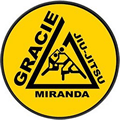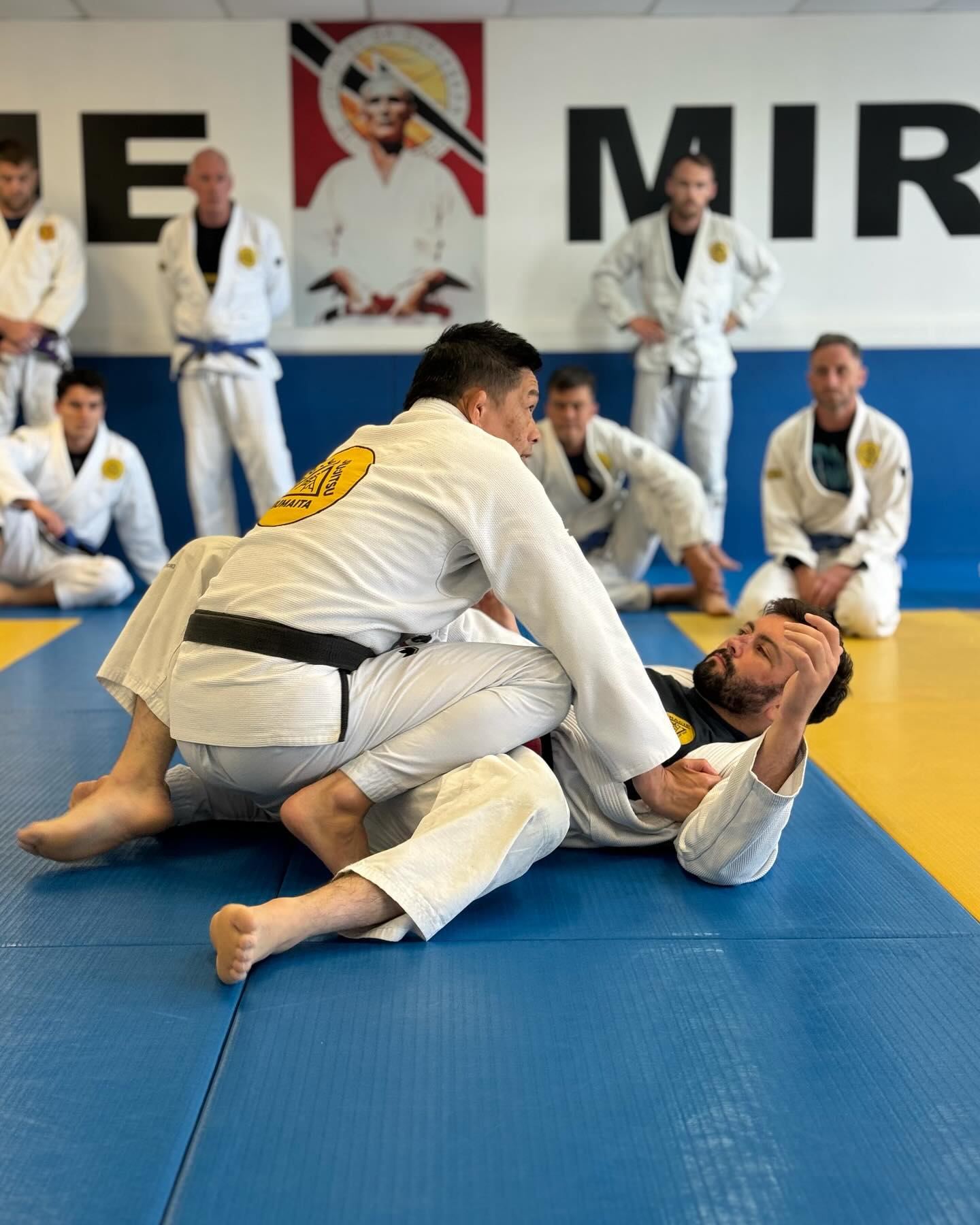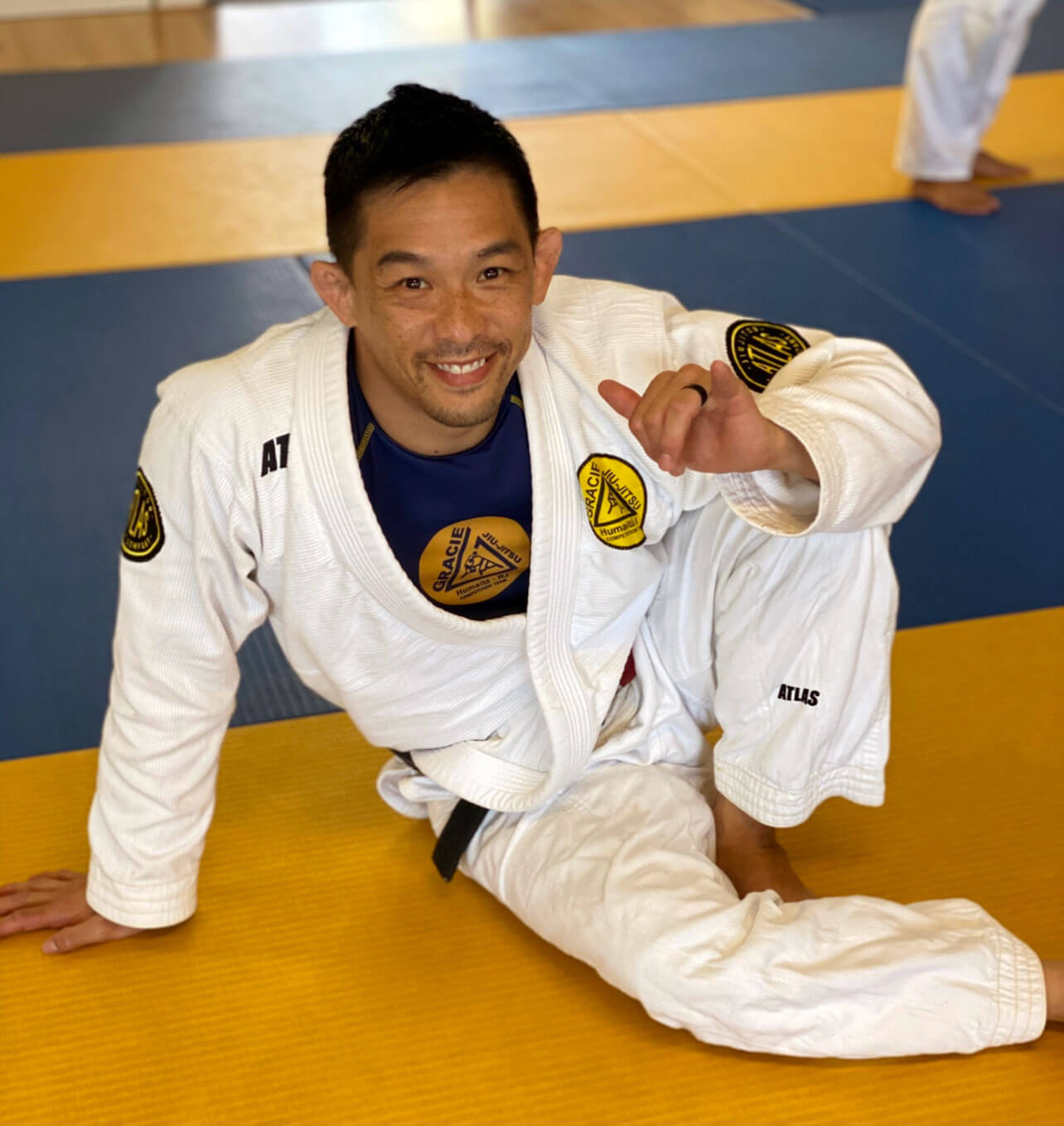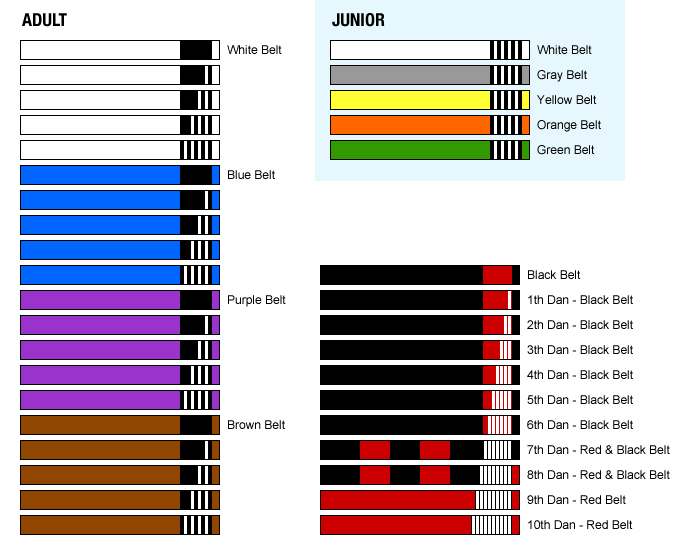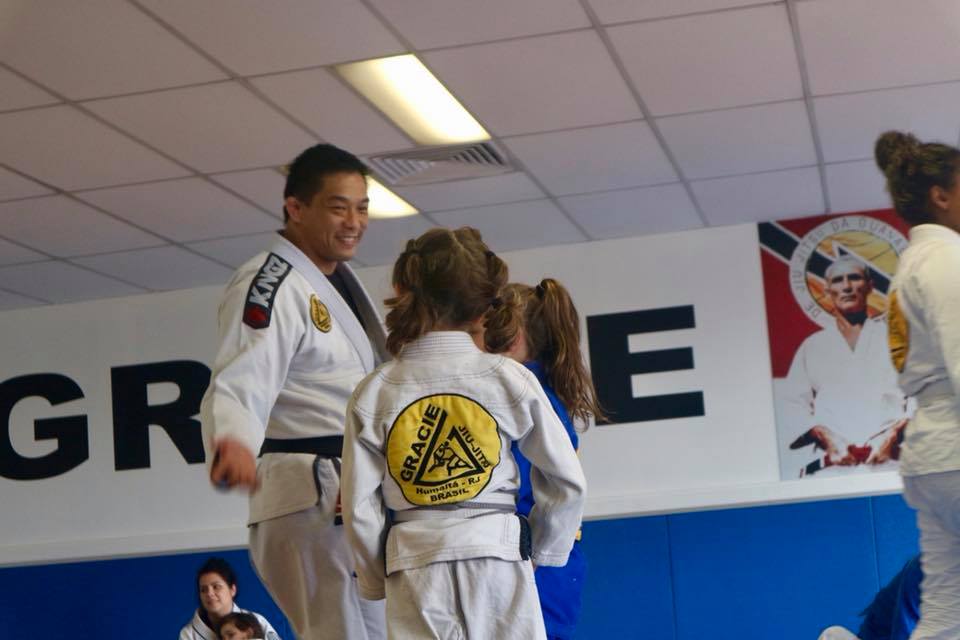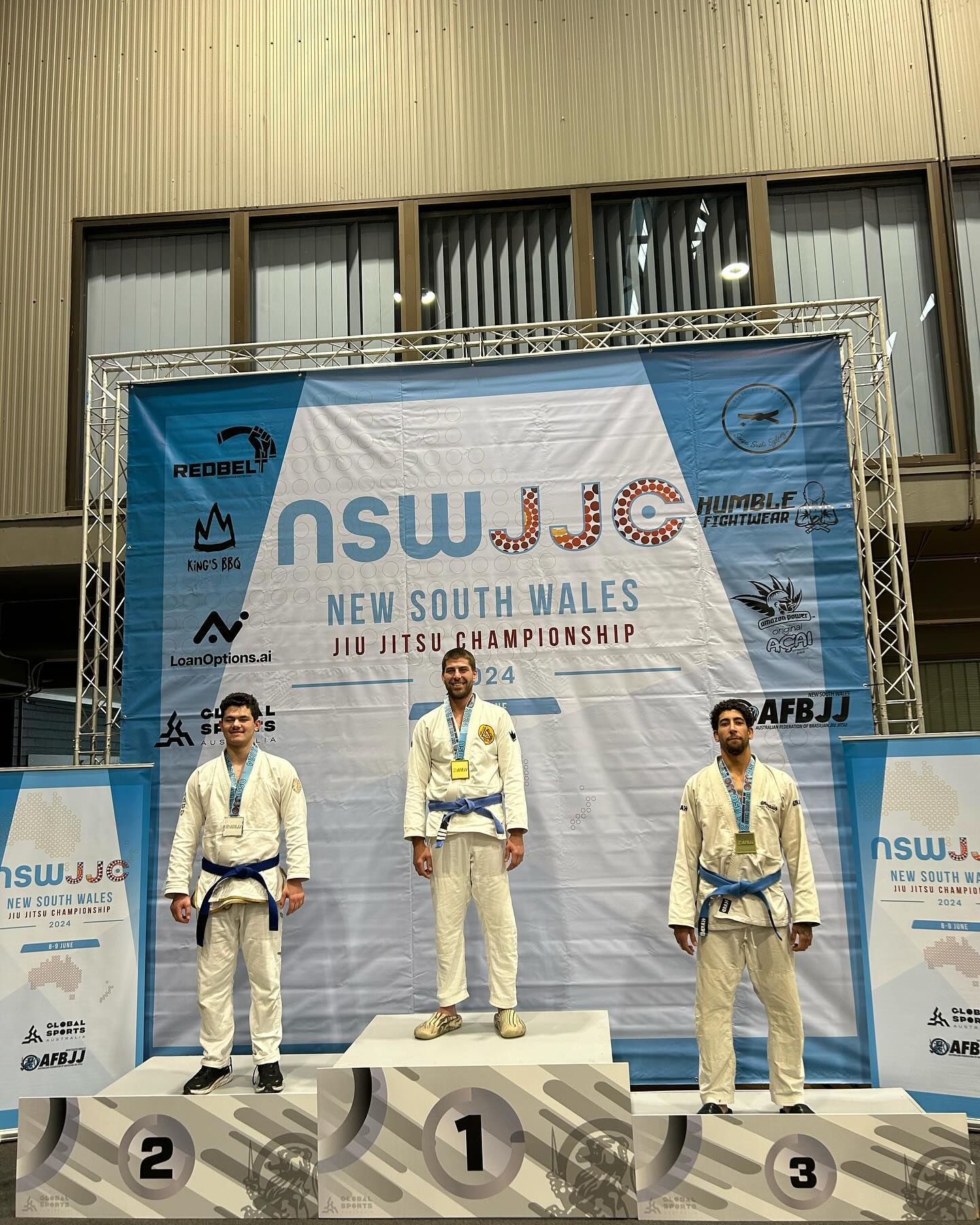Since starting Jiu Jitsu there has been a lot of discussion whether Sport Jiu Jitsu is a good thing. The root of this martial art is in self-defence. Meaning that practitioners can defend themselves in all manner of situations. Especially in the real world. Has the proliferation of sport jiu jitsu affected its real-world application? In this week’s blog we’ll discuss this topic.
Humble Beginings
I did my first Jiu Jitsu class in 1997. Back then, Jiu Jitsu looked a lot different. There wasn’t a lot of the techniques around that are available today. For example, there was only one guard! Closed Guard! Open Guard was something that you did before having someone force your guard open and start to pass. Nowadays there are so many different ways to play guard. Lapel Guard, Worm Guard, Spider Guard, and the list goes on. But why did this happen? How have so many different guards become so popular?
The birth of Sports Jiu Jitsu and the impact of Rules
1996 saw the first Mundial’s (or world Championships) for Jiu Jitsu. It gave the martial art of Brazilian Jiu Jitsu a stage where athletes could showcase their talent. Various rules were adopted to keep in line with the Martial art. Rules that gave points for attacking and positional superiority. This would reflect the best positions to strike from even though there are no strikes in sport jiu jitsu. Humans are clever. Rules that have martial combat in mind. Instances became evident where more rules were needed to decide the outcome of matches. Also, certain things were outlawed to ensure the safety of of the athletes. An example of this was picking up and slamming an opponent to get out of their closed guard. Before the world championships there were no rules about this so if someone stood up in your guard, you would release and open it. To make things safer for athletes, a no slamming rule was established. Over time the rules list for IBJJF tournaments has become very large. Despite the initial aim to keep the sport close to its marital combat roots, Sport Jiu Jitsu has continued to divert from its martial arts base.
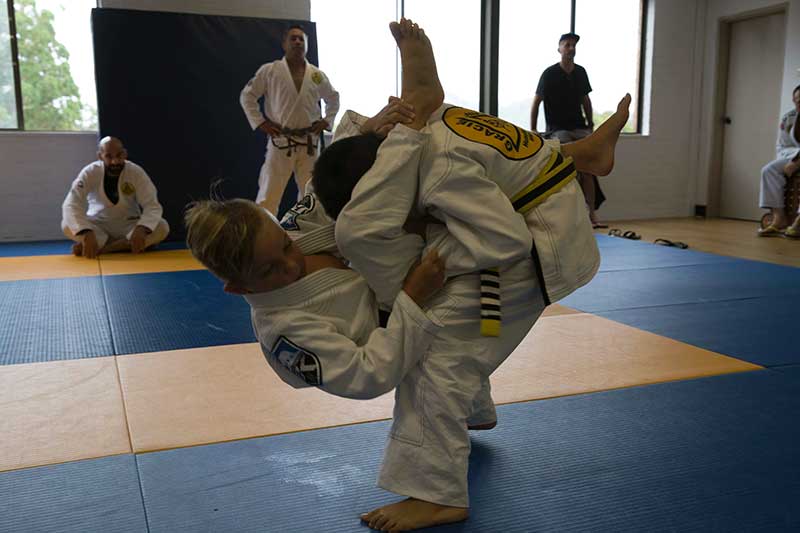
Sports Jiu Jitsu evolution
As the year’s progressed many new positions and guards have emerged. Some have been instrumental in helping athletes achieve success at the highest levels. To be proficient in Brazilian Jiu Jitsu you need to be aware of at least a dozen guards. As well as the hybrid versions that seem to be sprouting up all the time. Many argue that most of these have no place in the combat art and that once you put strikes into the mix many of these guards fall apart. No matter what you believe the evolution of Brazilian jiu jitsu will continue. As more and more people spend time developing new techniques.
Individual goals
So, what does that mean for the everyday person getting into Brazilian Jiu Jitsu. Well, it means you should look for a Brazilian Jiu Jitsu academy that has goals in line with what your AIM and GOALS are. Does this mean that sport Jiu jitsu academy’s students can’t defend themselves? No! not at all. But I would stress that if you haven’t thought about the impact of striking when you are on the ground, then maybe you should next time you roll. Strikes change the way you configure and use your guard. There’s no denying that. And thinking about this will change your BJJ.
Is Sport BJJ no good?
At the end of the day, I like sport jiu jitsu. It teaches students many good things about resilience and how to work under pressure. And it’s fun! Many time’s sports practitioners build up confidence. This also helps in dealing with self-defence situations. It is up to the practitioner to decide which academy is for them and whether it meets their needs.
When we started Gracie Miranda in the Sutherland Shire. we wanted everyone from Caringbah to Engadine to experience what a difference BJJ could make in their lives. So, whether you are the next budding BJJ superstar? Or an average punter trying to learn some self-defence? Give Brazilian Jiu Jitsu a go, but keep in mind why you started in the first place!
